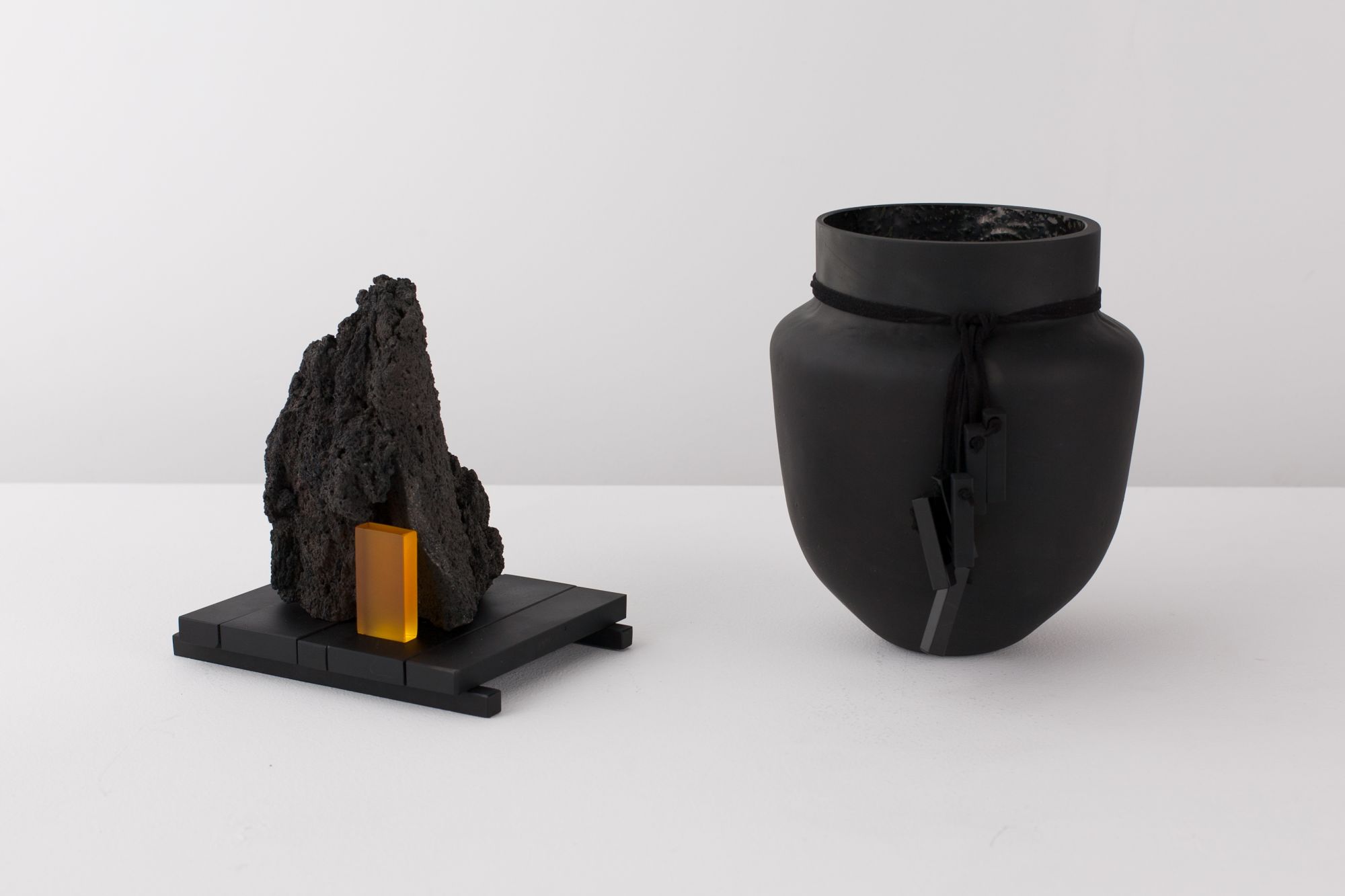Story highlights
We asked 10 of the world's top designers to show us the design today that provides a window into the world of tomorrow
Try asking someone in the industry how many “design weeks” you can fit into a 30-day month.
In the wake of April’s towering Milan design week, major creative shows, with attendances in the tens of thousands, arrive faster than Sundays. June brought the buzzing San Francisco Design Week, DMY International Design Festival in Berlin, Los Angeles Design Festival, and the 10th edition of Design Miami/ Basel, plus innumerable other aspirant events.
As July rolls in, we’ll see as much again: exhibition halls will fill and empty with trade stalls bursting from new furniture, tech, homewares, and countless unclassifiable creations. And, with each, promises: that this design is radical, disruptive, and unique.
The design’s world’s superabundance of creativity and creation can make it hard to tell the signal – those genuine, standout developments that are driving forward progress and are set to shape the future we live in – from the noise, of gimmicks and fad. So to clear things up, we’ve recruited 10 of the world’s top designers to be your guides – from Tom Dixon to Oki Sato – showing us the design of today that they believe is a bellwether of tomorrow.
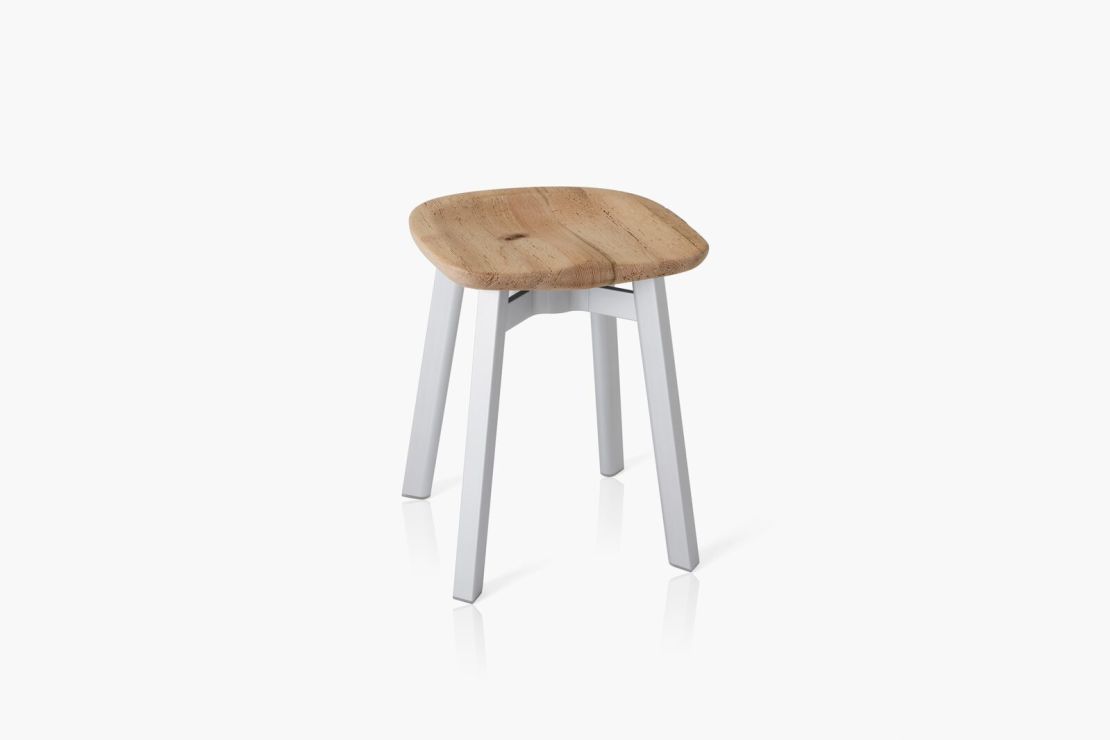
Oki Sato
Oki Sato, 37, is the founder of wildly prolific Tokyo-based design studio Nendo. He is currently designing over 400 different products. He selects the Emeco SU stool.
In recent years, what I’m finding interesting is the growth of interactive design. This is where you have an “incomplete” design, and users participate or interact with it in some way to complete it. It is a kind of design that offers a wide range of variation, or allows users to customize by selecting and combining various options and parts.
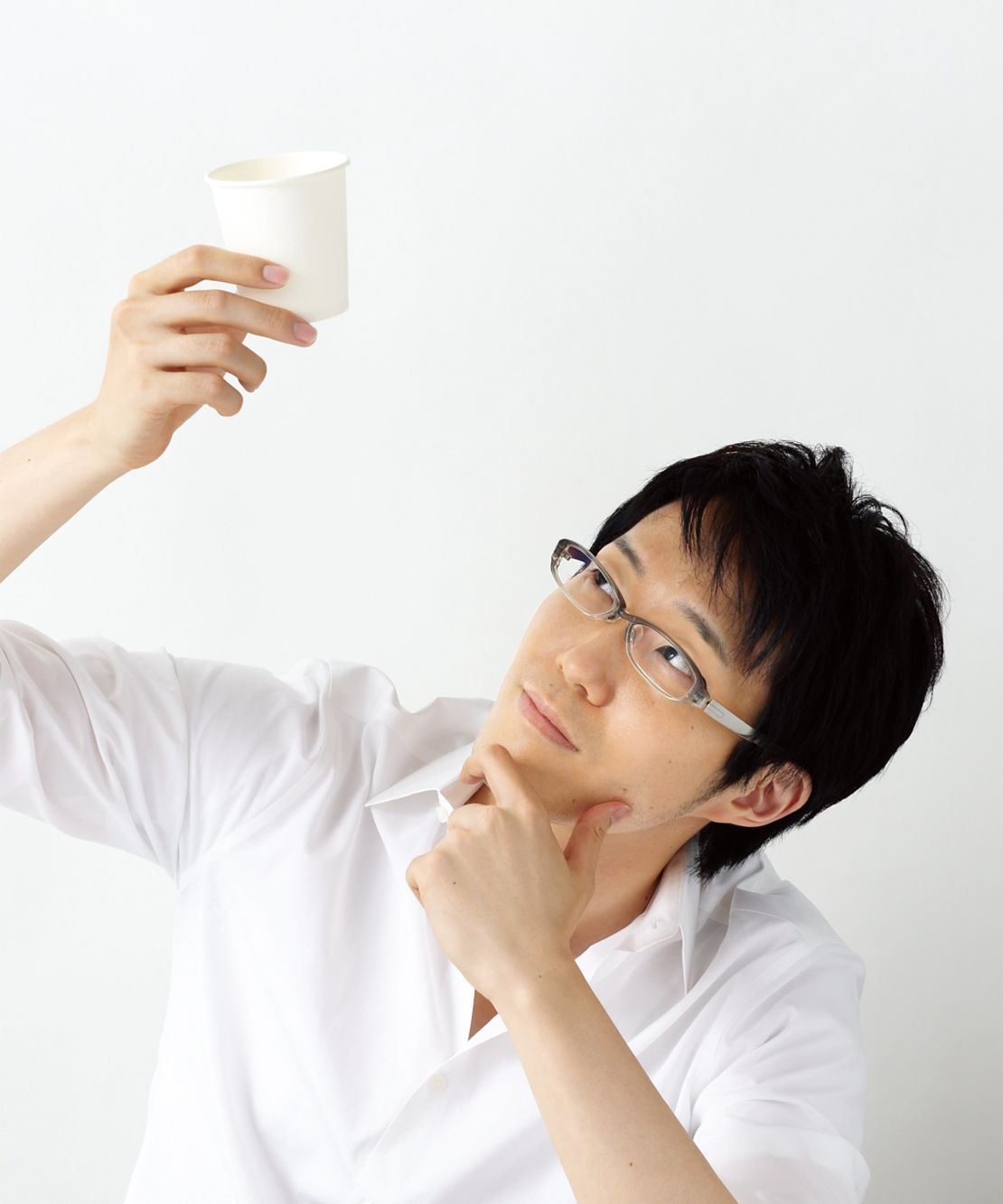
This creates a closer relationship between the user and the object, making the latter feel more personal to the former. Above all, I think it’s a sign that ordinary users are becoming more in tune with the creative arts and getting more creative themselves.
“SU” stool, which I designed for Emeco and also presented last year in Milan, is an example; this is a design which allows the user to combine a selection of seats, legs, and materials, and put them together to build a stool using only a single coin. These kinds of “incomplete” designs seem to share a quality similar to the concepts of “yohaku” (space, blank) and “ma” (interval, timing), which have been key aesthetic values in Japanese for centuries.
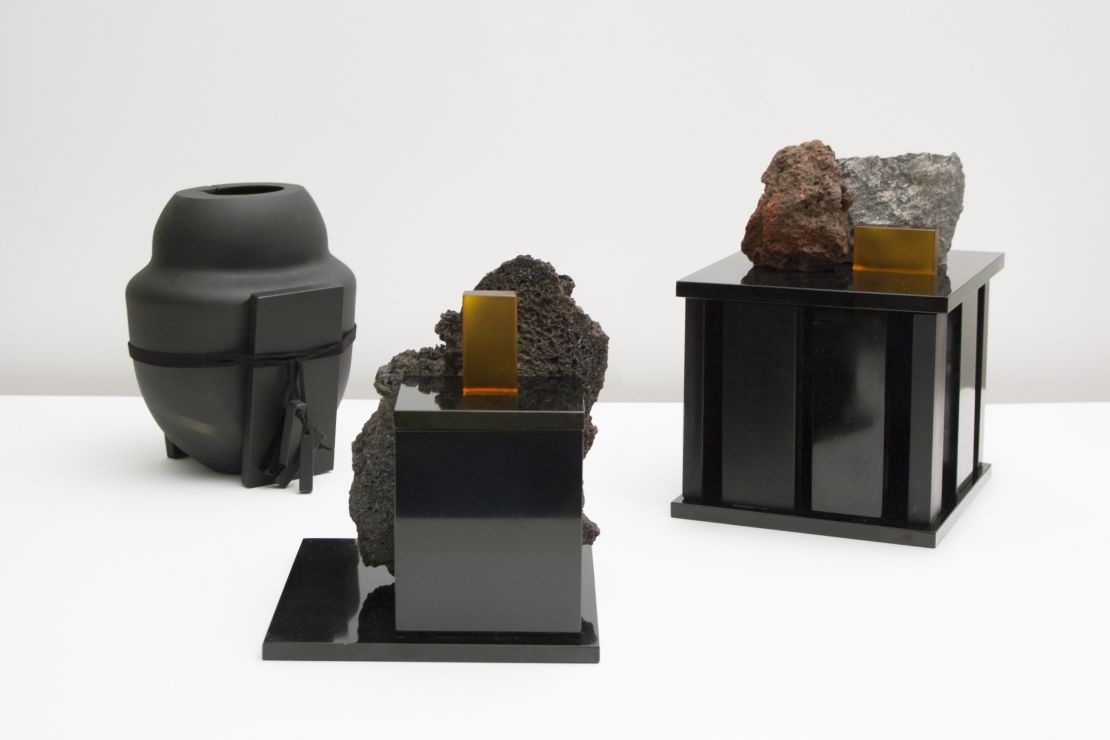
Bethan Laura Wood
Bethan Laura Wood, 31, is the founder of WOOD London design studio and a product designer creating wide-ranging works, from jewelry inspired by wooden furniture to window displays for Hermès. She selects Amsterdam-based studio Formafantasma’s De Natura Fossilium, an exploration of “the full potential of lava as a material for design”.
This is a really interesting project because they went all the way with it. They used volcanic rock and they did everything from researching the material, to making several different ways of working with it – from some that are incredibly art-based, and others that could translate into more traditional furniture.
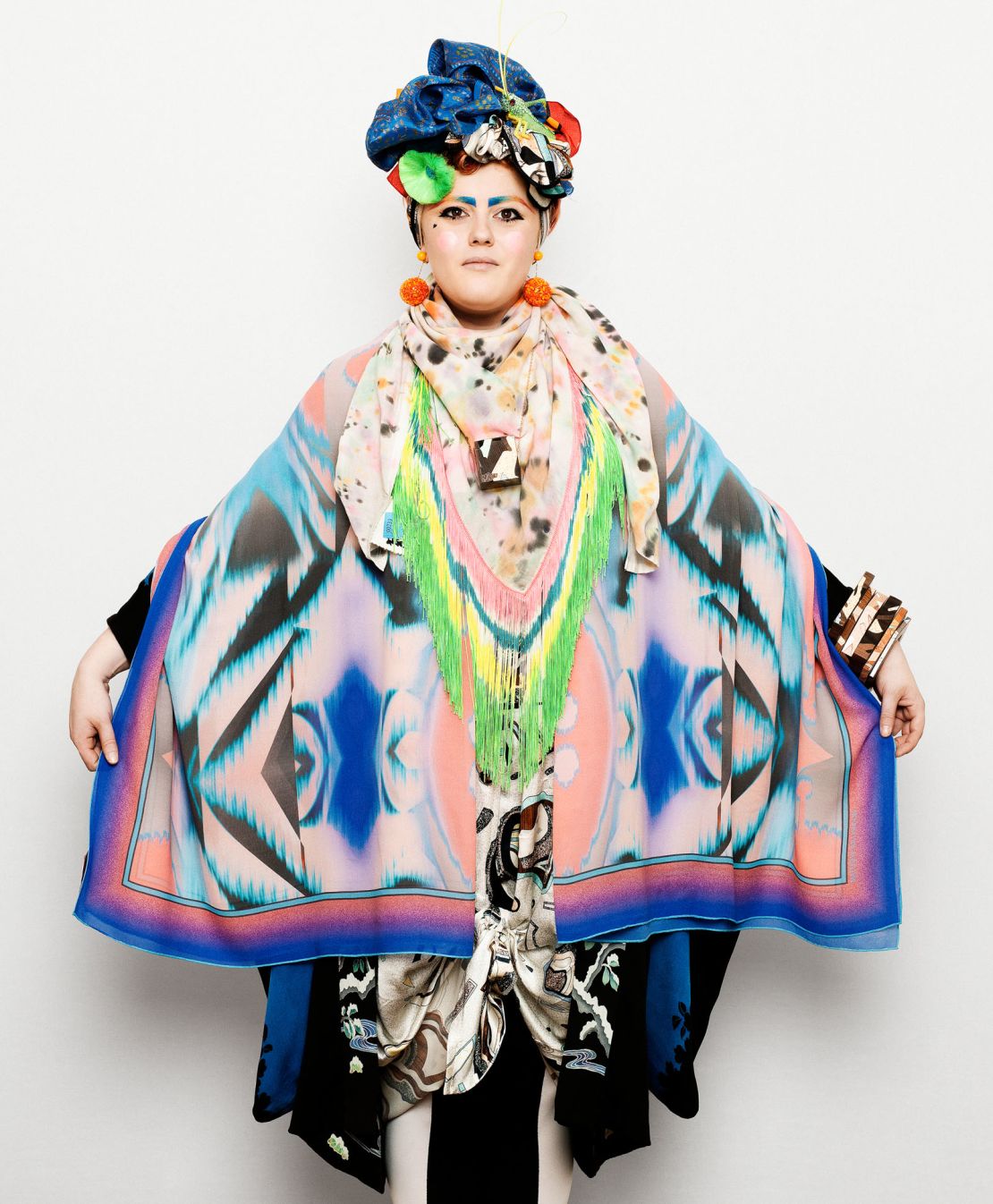
I think it signifies a genre of design that is about making a longer dialogue between the person who just sees a piece of furniture and the process that it comes from, the material itself – having more of a connection to how things are produced. It’s interesting to see lots of different designs that are coming through that tackle this question of how we live in a consumer society but with an awareness of our consumption.
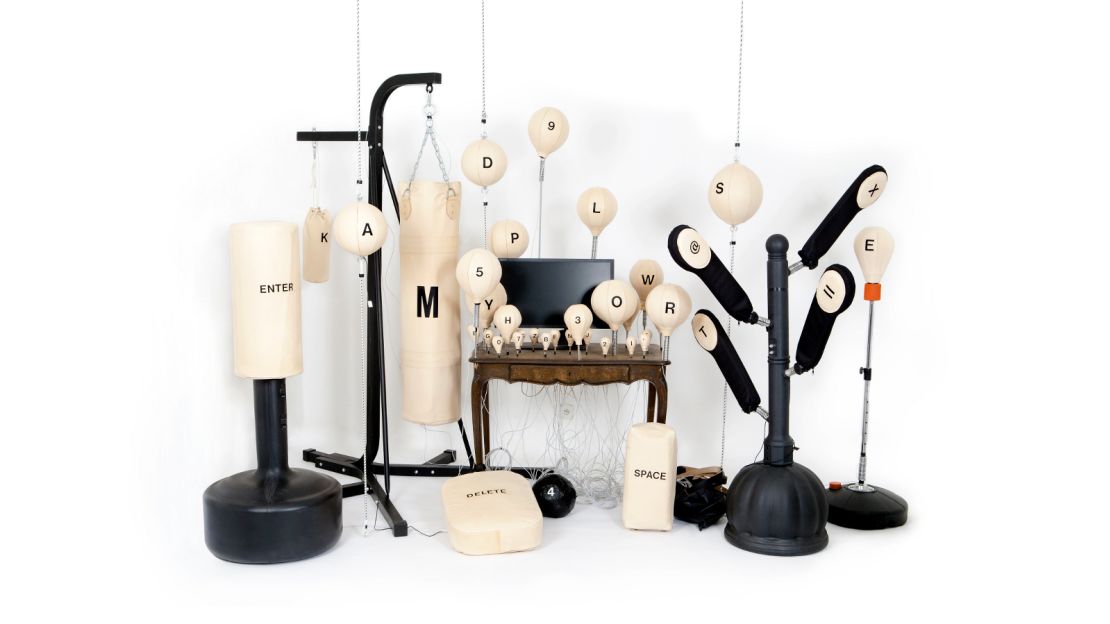
Marianne Goebl
Marianne Goebl, 40, is managing director of Finnish furniture brand Artek and the former director of Design Miami and Design Miami/ Basel. She selects The Workout Computer by BLESS design studio.
The “Workout Computer” by Berlin and Paris based design studio BLESS introduces physical work into a rather unusual context, the office. For this computer, the traditional keyboard is replaced by a set-up of punching bags, each representing a letter or symbol. By punching and kicking the different bags, the user can write, print or post messages.
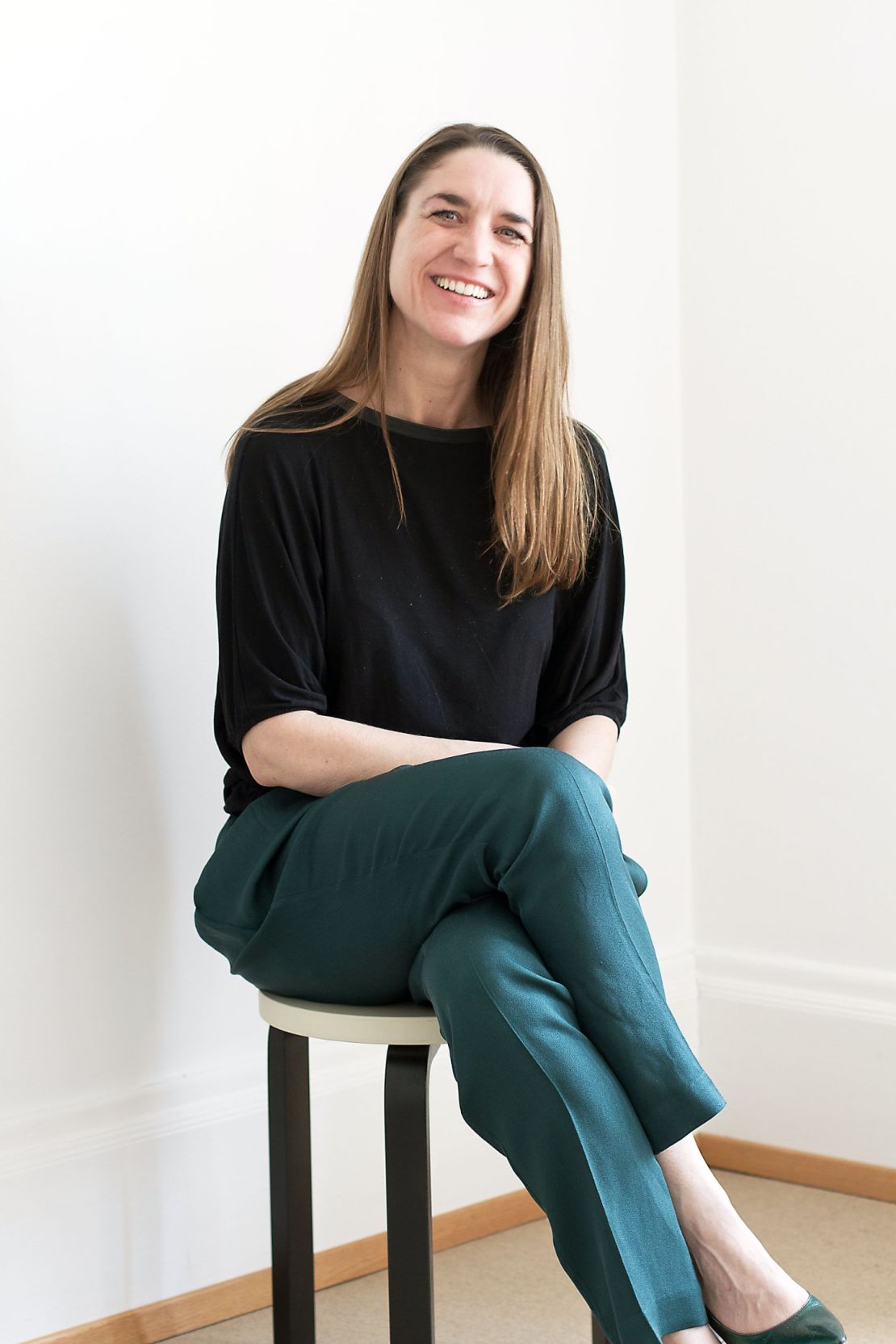
What at first glance seems like a funny experiment, is in fact a serious statement worth our consideration. While spending more and more time in front of computers, we try to compensate the physically static days with intense after-work exercising.
What if the boundaries between working in the office and working out could be blurred? Why shouldn’t the balance of body and mind be integral part of office procedures?
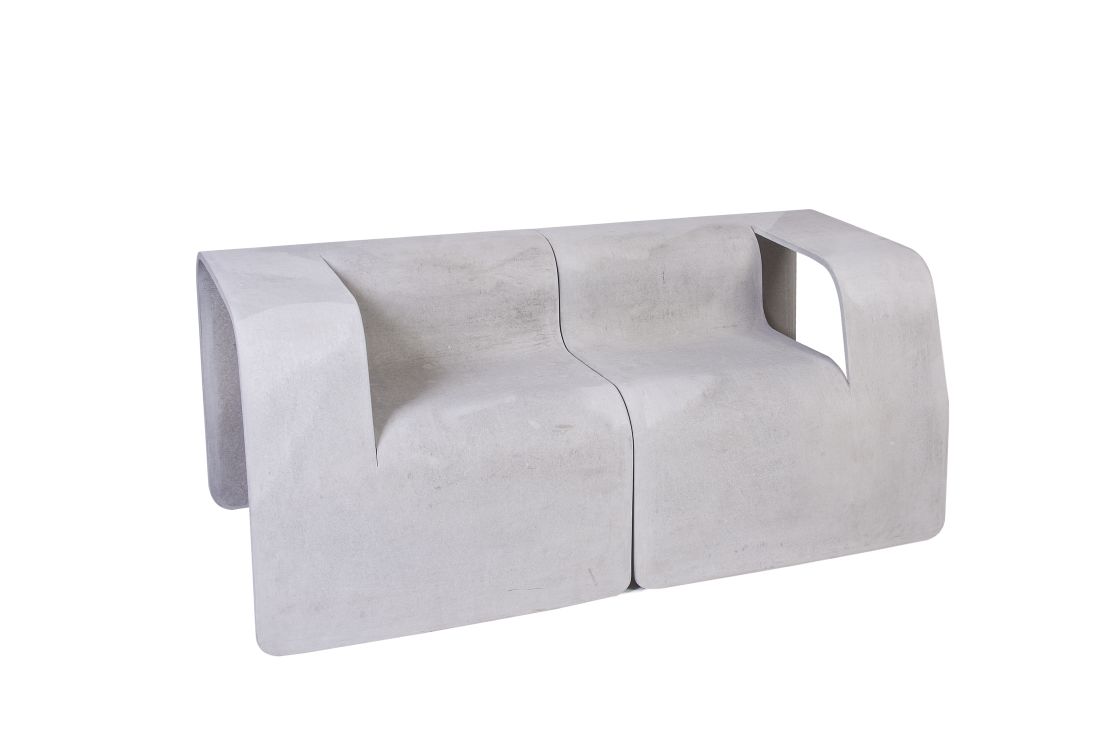
Terry Chow
Terry Chow, 41, is the founder of design label FOXCAT, which specializes in minimalist luxury tech furniture. He selects Slovenian architect Tina Rugelj’s “chic concrete” garden collection.
If you’ve been to design exhibitions this year, you may have realized a rising trend in products with cement finish, from small decorative items to large pieces of furniture.
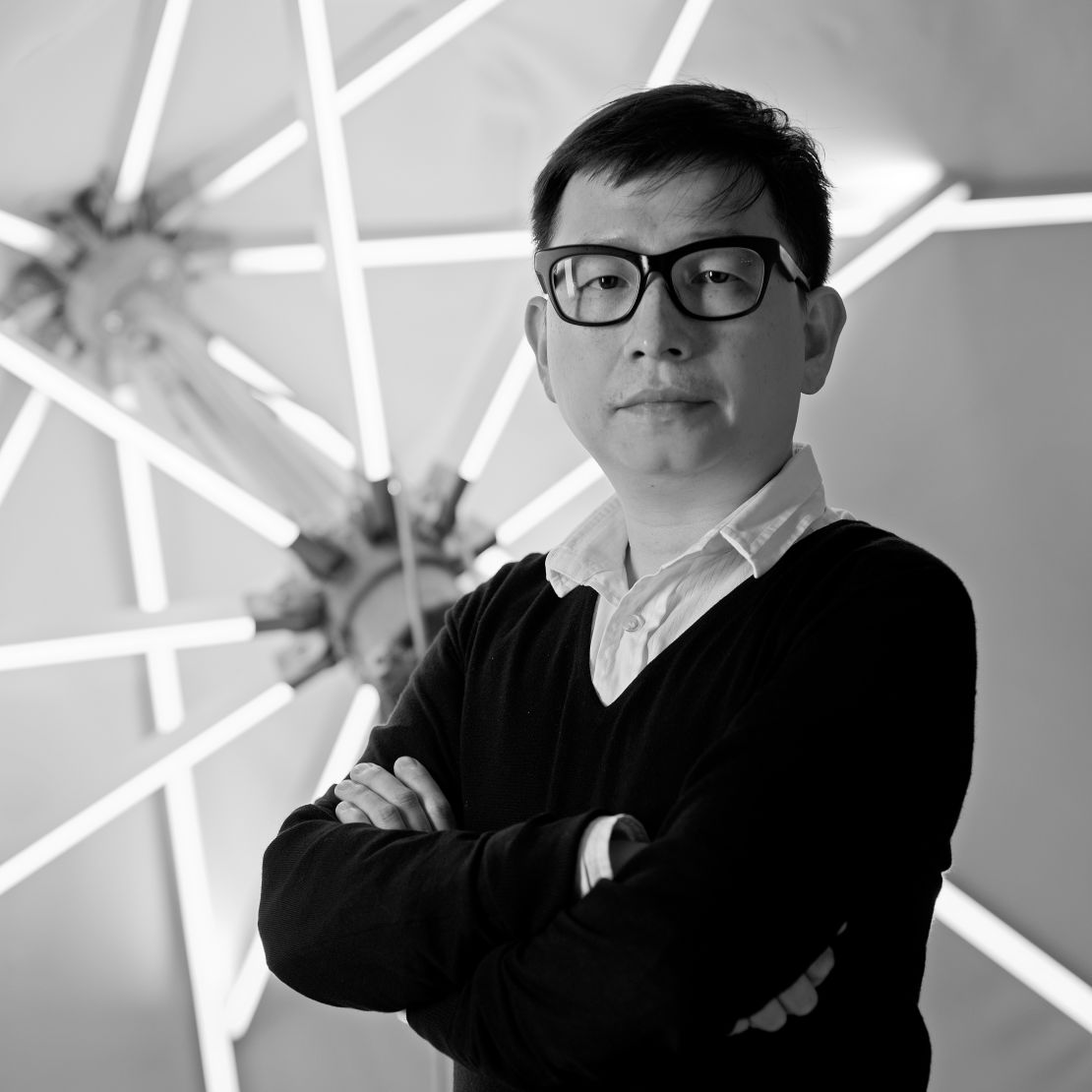
I like cement a lot. However, due to its “natural” and heavy nature, it is difficult to create a long-lasting product out of it.
I believe the technical aspects of the material have now improved: I even came across a toothbrush featuring a handle made from cement in a trade show.
Popularity sometimes consumes a product and I hope there aren’t soon too many cement products flooding the market. This raw and “natural” product may lose its charm if it is not raw and natural anymore….
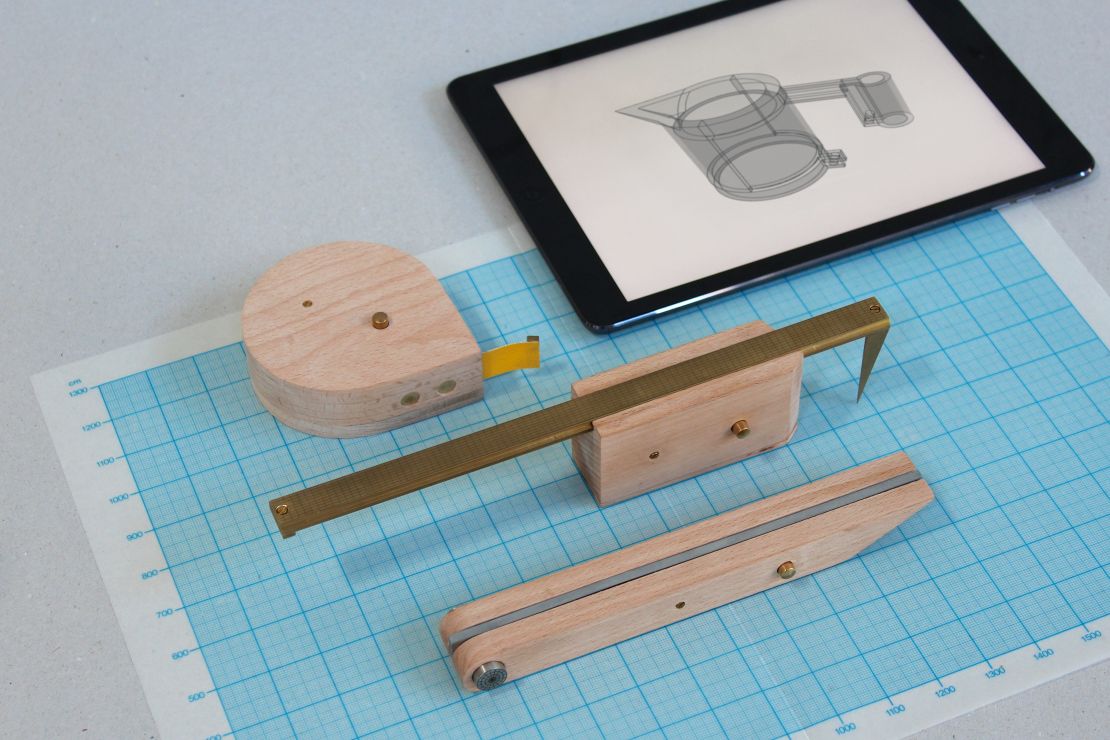
Chi-wing Lee
Chi-wing Lee, 49, is the founder of Hong Kong-based Milk Design. He selects the Of Instruments and Archetypes, a set of instruments that can build digital models from real-world measurements, in real time. It’s the result of a collaboration between Unfold design studio, interaction designer Penny Webb, and research lab Kirschner3D.
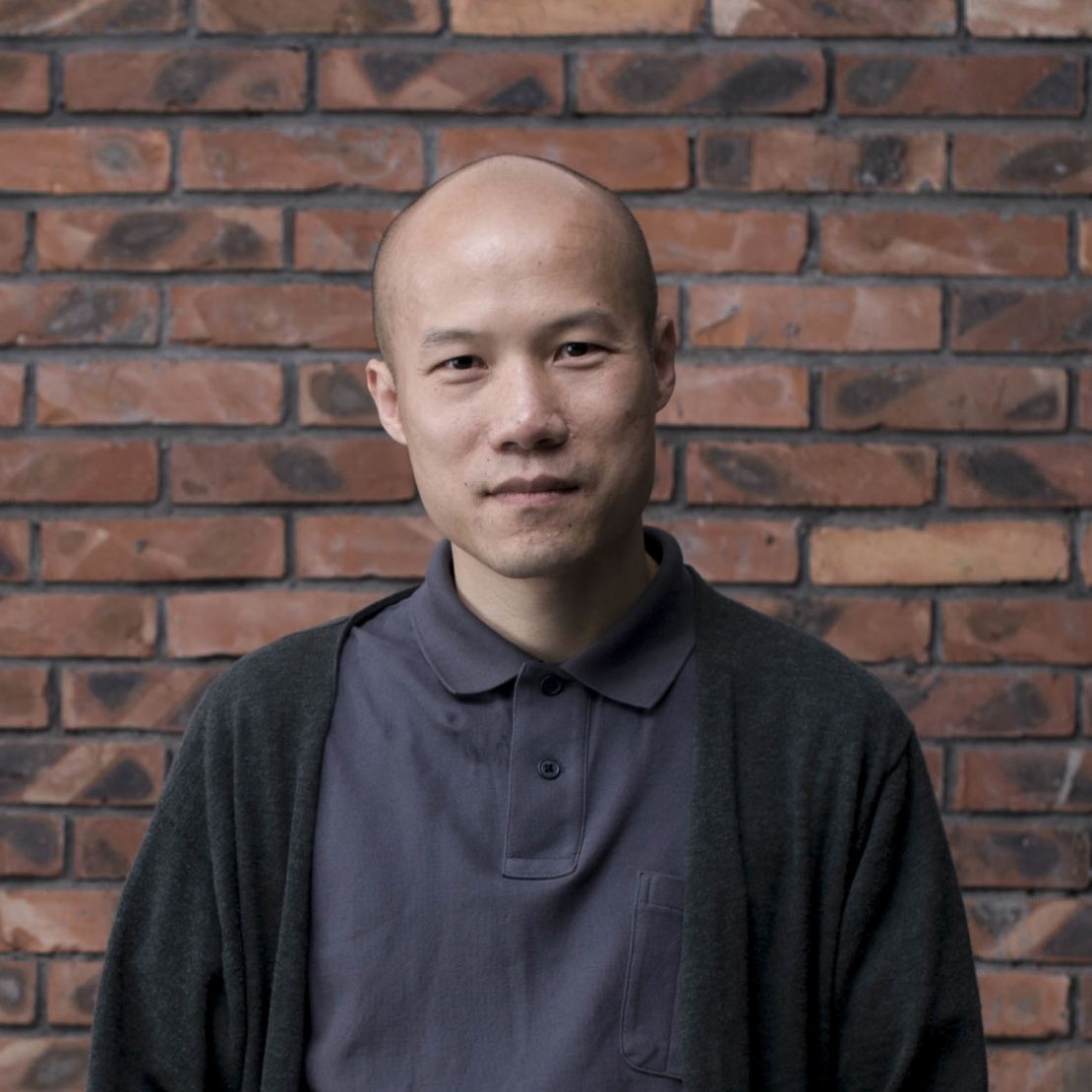
Today’s design world is full of possibilities with technologies, but difficulties also lie in how to make good input for what purpose. We do not want to make things without good value for our future.
It might be useful to discover some answers from our past , the wisdom of how our ancestors have dealt with the nature. They could be some guidelines of directions in design for the future.
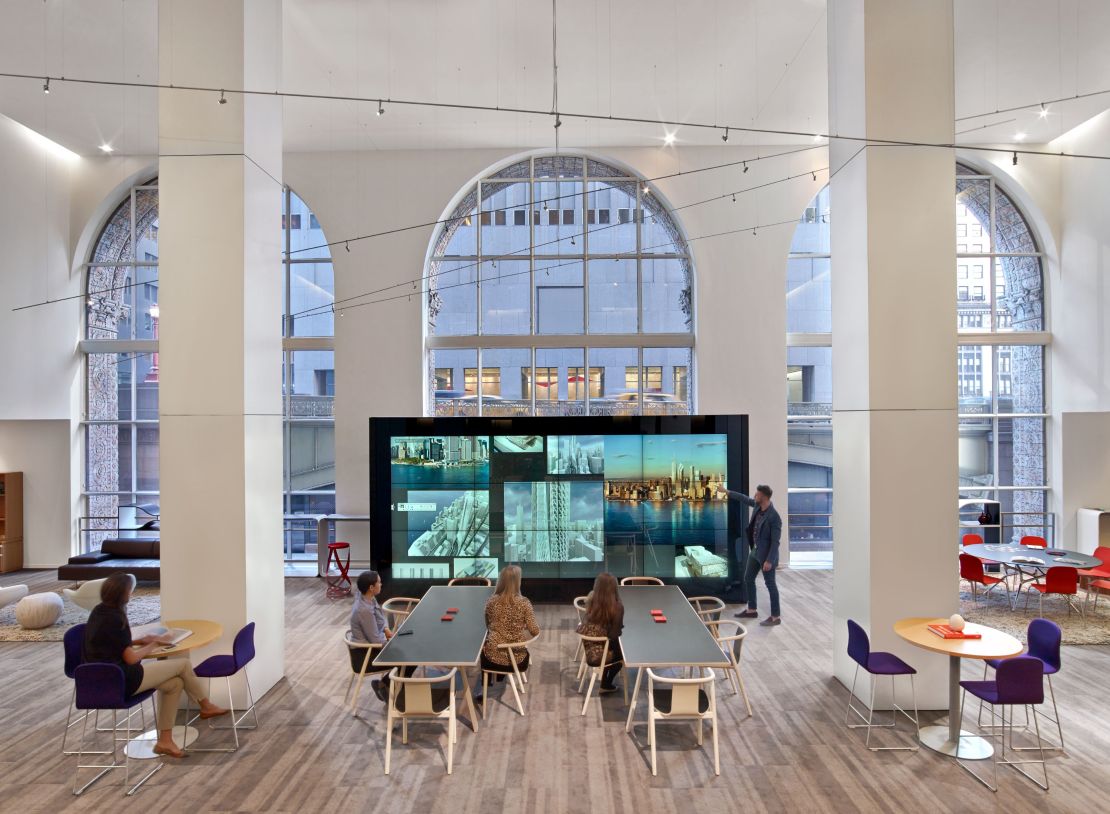
Patricia Urquiola
Patricia Urquiola, 54, is a Milan-based architect and designer who works with brands including Alessi, BMW, and Louis Vuitton. Her Fjord armchair is part of MoMA New York’s permanent collection. She selects the Bluescape collaborative visual workspace from Haworth.
Human Computer Interaction. I’m fascinating by the developing of interaction design, IxD, and how digital things are shaping to adapt to real people use. Both in an active and passive way.
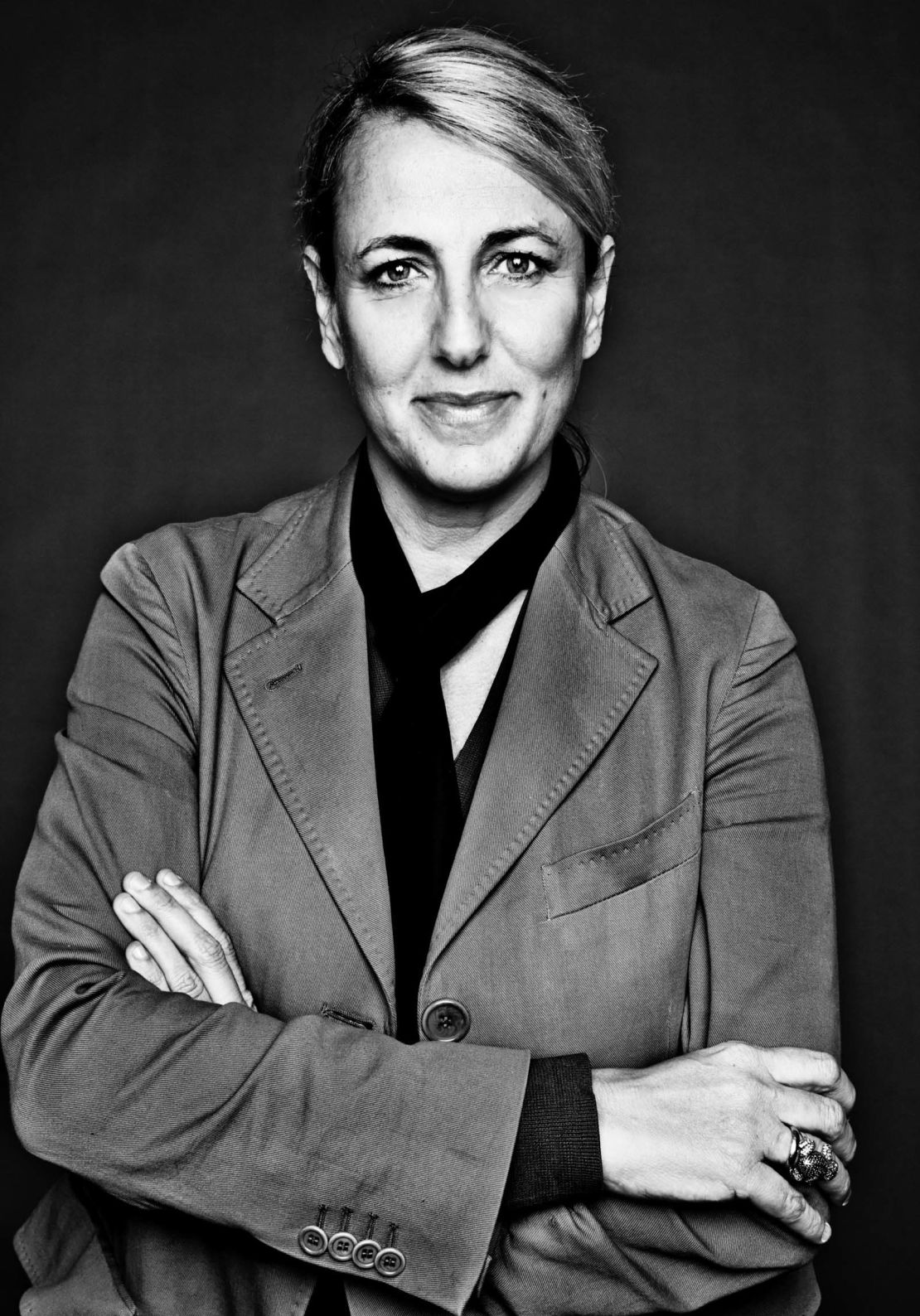
We have curated an exhibition where at the end of it there was a reactive projection. When you were passing on it there were rabbits like the ones from Alice in Wonderland coming out of holes that started following you. After a while when you were stopping they were showing you a watch telling you where to go. It was super simple, a projector, a sensor and an algorithm. But it has been interesting to watch reactions of people.
Another interesting experiment became a product, the Bluescape from Haworth. It is like a large tablet, can be as big as you like, where you can interact with other Bluescapes or any device. The potential is great and we are just at the beginning.
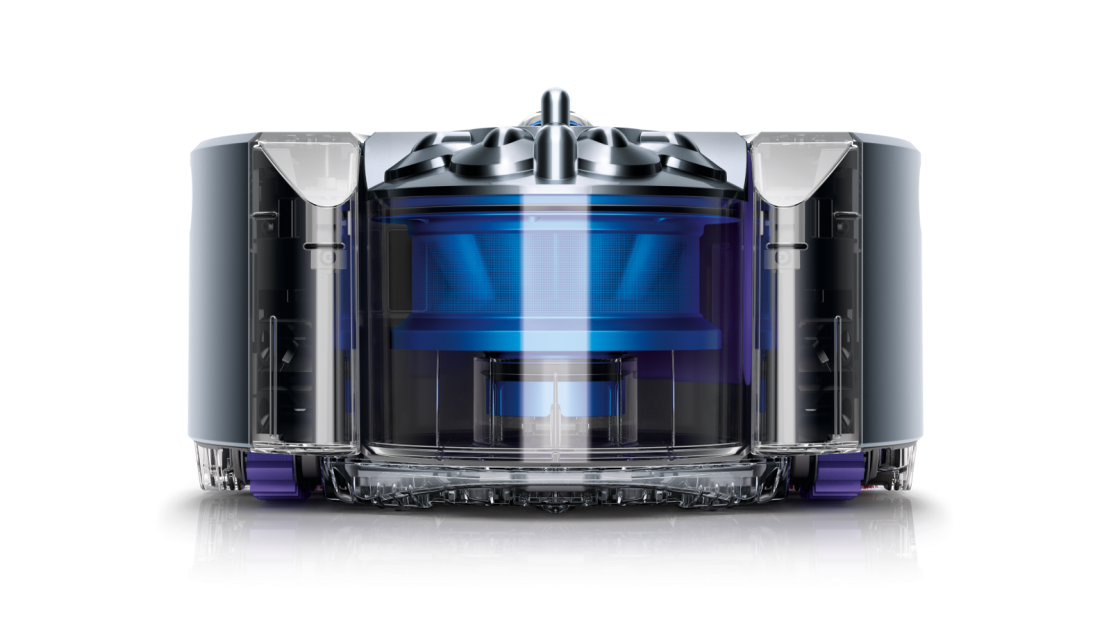
James Dyson
Sir James Dyson, 68, is a an inventor and industrial designer whose world-renowned inventions include the bagless Dyson vacuum cleaner and the Airblade hand dryer. He selects the 360 Eye robot vacuum cleaner from Dyson.
It’s not a particular design that excites me, rather a core technology. Vision systems enable machines to see, learn and react to their surroundings. They’ve become so advanced that many can mimic human vision and interpretation of images to the point where they can intelligently undertake everyday tasks in the most efficient way.
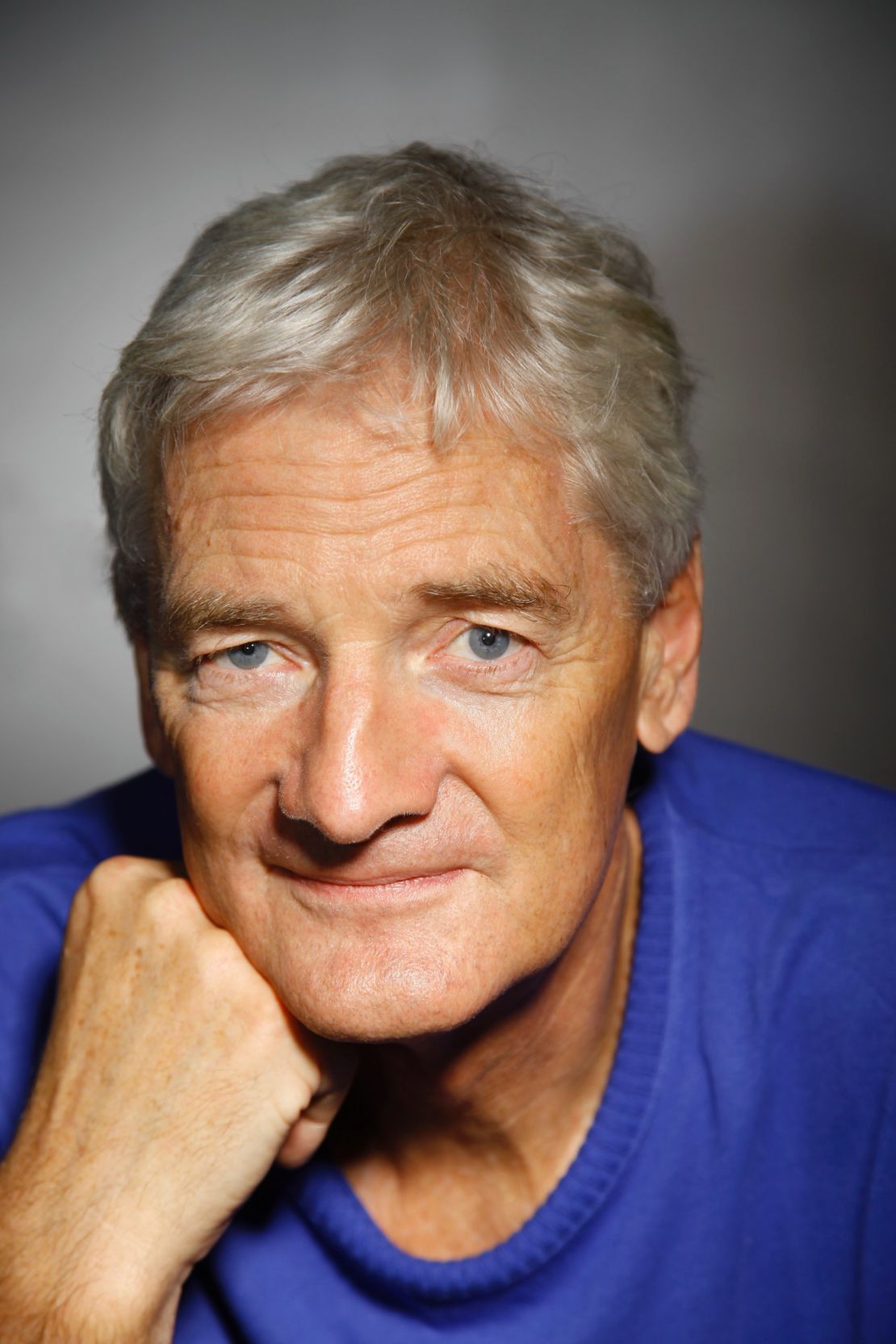
At Dyson, we’re exploring applications of vision within the home. Last year, we opened a joint lab at Imperial College London where we are developing the next generation of machines that use vision to understand and logically navigate their surroundings, starting with our robotic vacuum. This is the first vacuum with a 360˚ vision system which enables it to understand where it is, where it has been, and where it is yet to clean, meaning it can clean a room thoroughly, navigating around obstacles in its path. But this is only the beginning; vision will soon allow machines to take on tasks – from the mundane to the critical – people never dreamt possible.
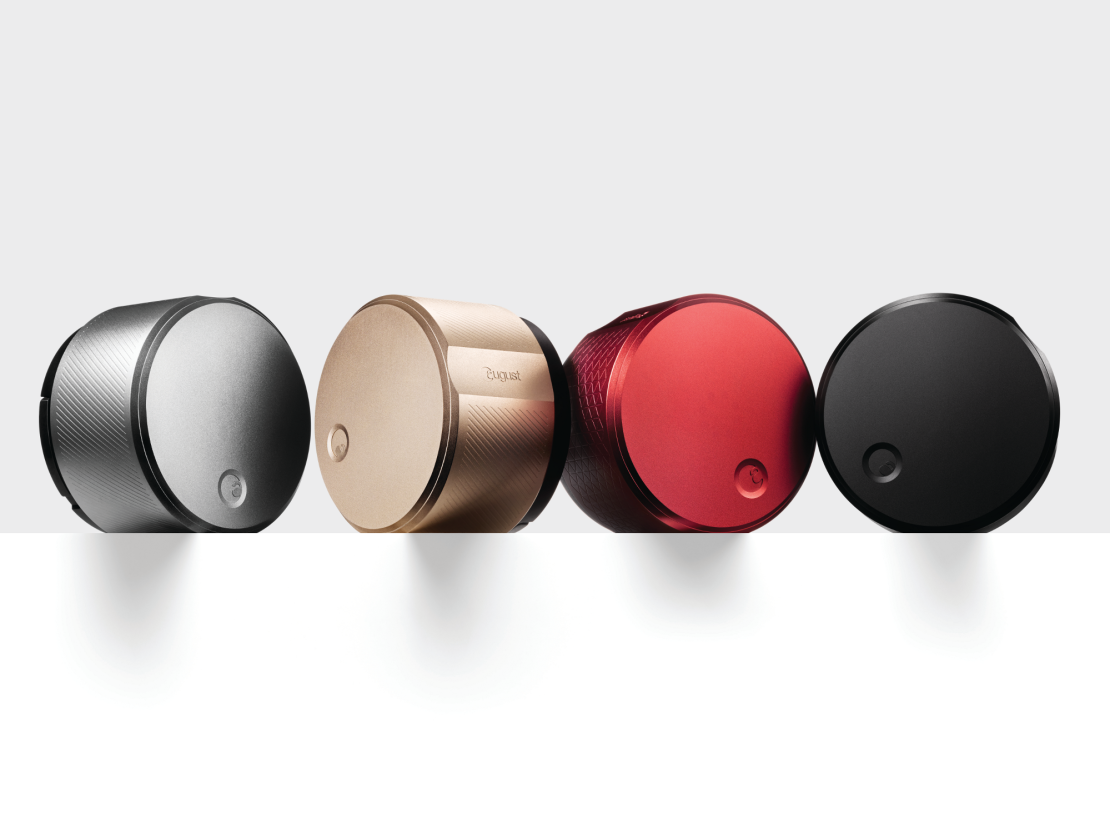
Yves Behar
Yves Behar, 48, is “perhaps the most decorated industrial designer of the past 15 years,”. according to Forbes. He is founder and principal designer of fuseproject, and chief Creative Officer of the wearable technology company Jawbone, and August, a Smart Lock maker. He selects the August Smart Lock.
The design that excites me most from 2014 would have to be the August Smart Lock. The idea behind it is simple – the lock recognizes as I approach my front door and automatically unlocks for me. However, the philosophy behind it, for me, is extraordinarily profound.
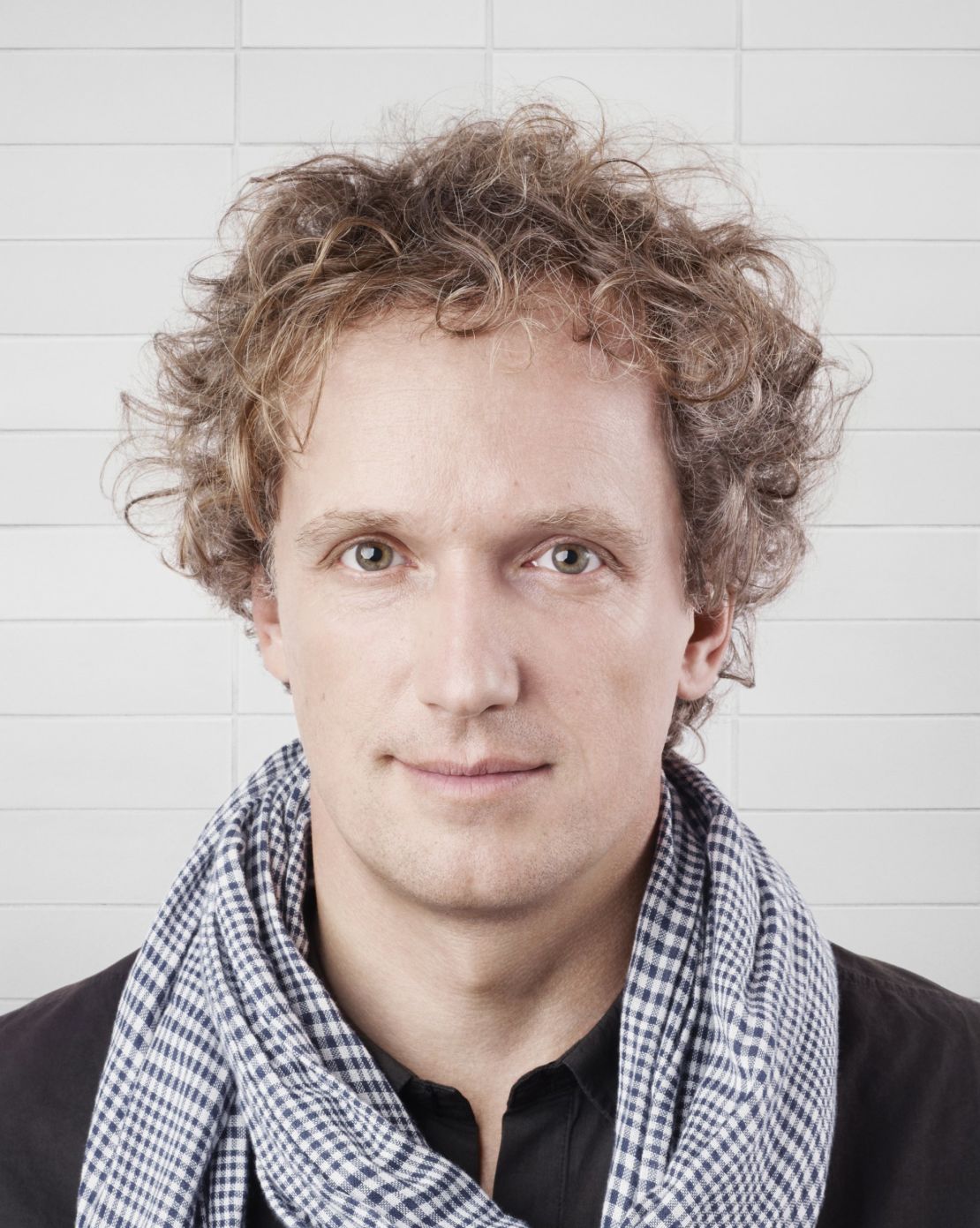
In the future, everyday items will be smart, connected, and make my life easier in some way. More importantly, the technology is invisible – I never have to pull out my phone, hide my face in a screen, even push a button, for the product to work. I think this is the shape of things to come: invisible design, where things magically happen around me… enhancing my experience of the world around me, without distracting from it. Invisible design doesn’t mean “no design;” on the contrary, it requires the highest level of design craft: from product conception, digital experience, brand and technology.
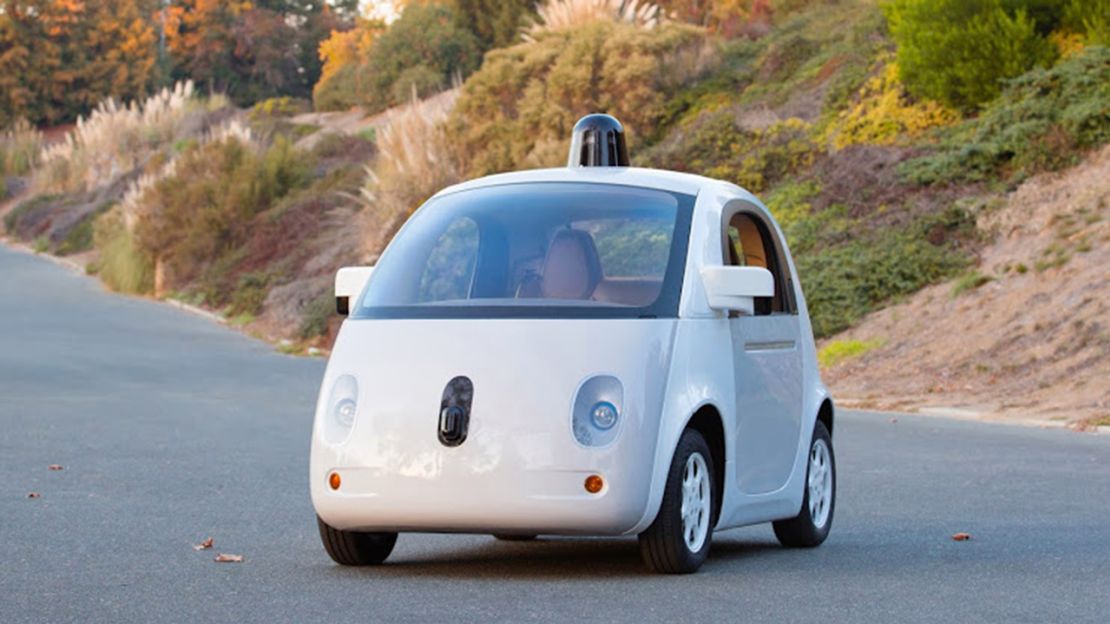
Pernilla Ohrstedt
Pernilla Ohrstedt, 34, is founder of London based Architecture and Design practice Pernilla Ohrstedt Studio, whose diverse client list includes Coca-Cola,The Royal Academy of Arts, and musician Mark Ronson. She selects Google’s Self-Driving Car Project.

For me Google’s self-driving car is the most thought provoking design from last year. Primarily for the integrated scanning and 3D mapping technology on which it relies for its self-driving functionality.
The integration of this technology into every day objects such as cars and phones will create ever updating pinpoint accurate 1:1 digital replica of the world.
The implications of this technology for the design of our cities is something I explored earlier this year in my Glitchspace installation for Dezeen and Mini during London Design Week in the form of a physical point cloud.
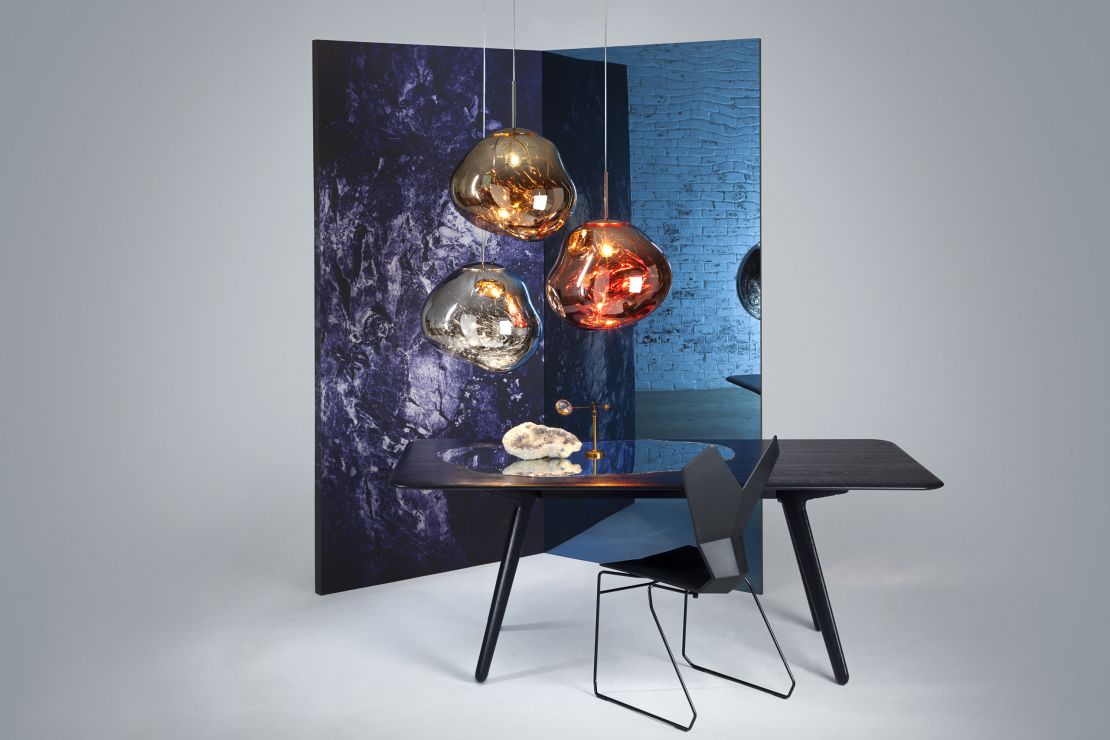
Tom Dixon
Tom Dixon, 56, is a self-taught furniture designer whose career began with him welding salvage metal into chairs. He was head of design at Habitat before launching his own brand under the name Tom Dixon. He selects Tom Dixon’s MELT lighting.
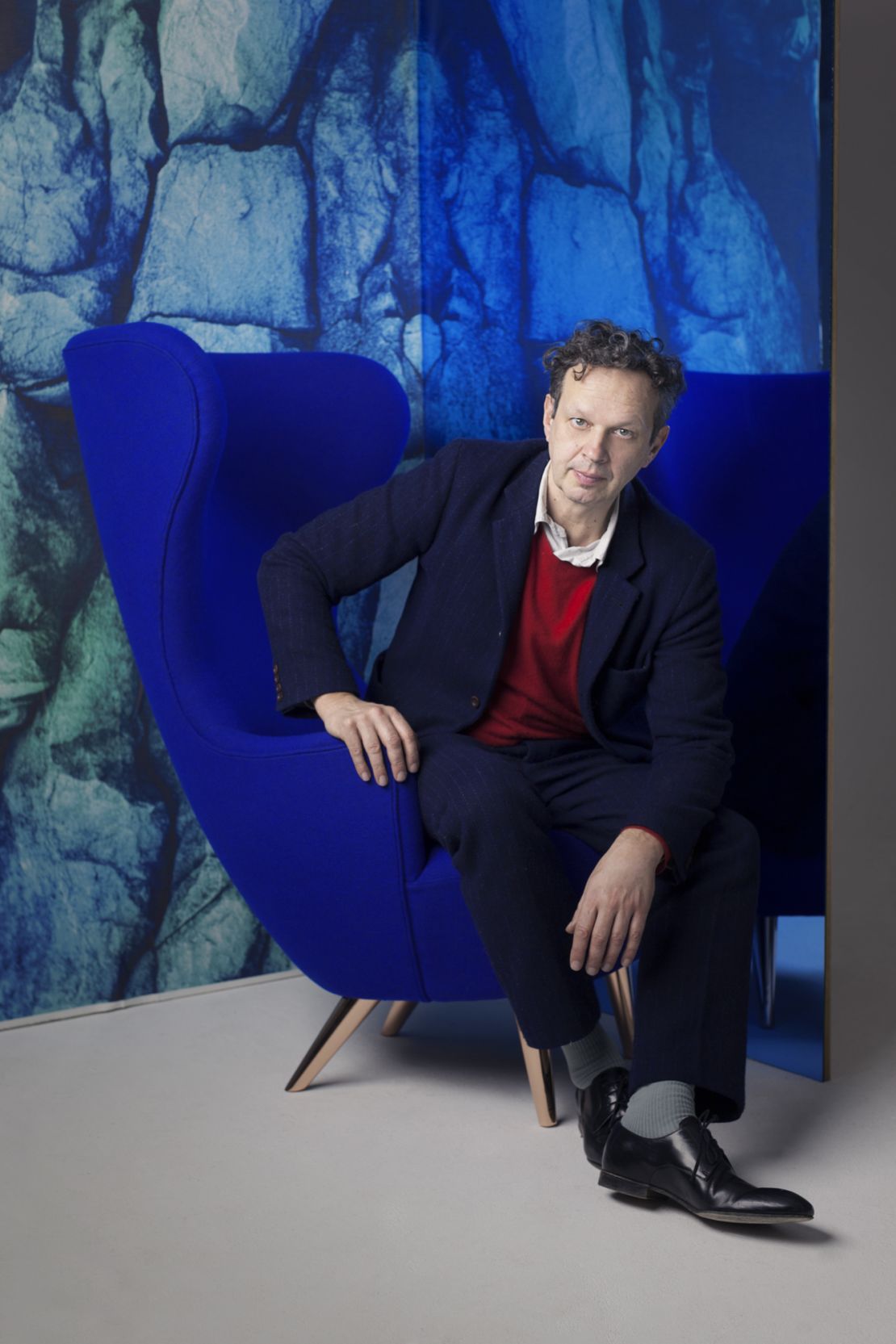
MELT is a distorted lighting globe born from our collaboration with Swedish radical design collective FRONT. The light bouncing and reflecting around the uneven surfaces creates a dramatic melting hot blown glass effect.
MELT is translucent when on and mirror finish when off. Its internal luminosity is visible in full daylight. At night, it emits an attractive, mildly hallucinogenic light, akin to recent Hubble Telescope images of the cosmos.
With MELT, our experiments in the technologically advanced field of vacuum metallisation takes on a new twist.
